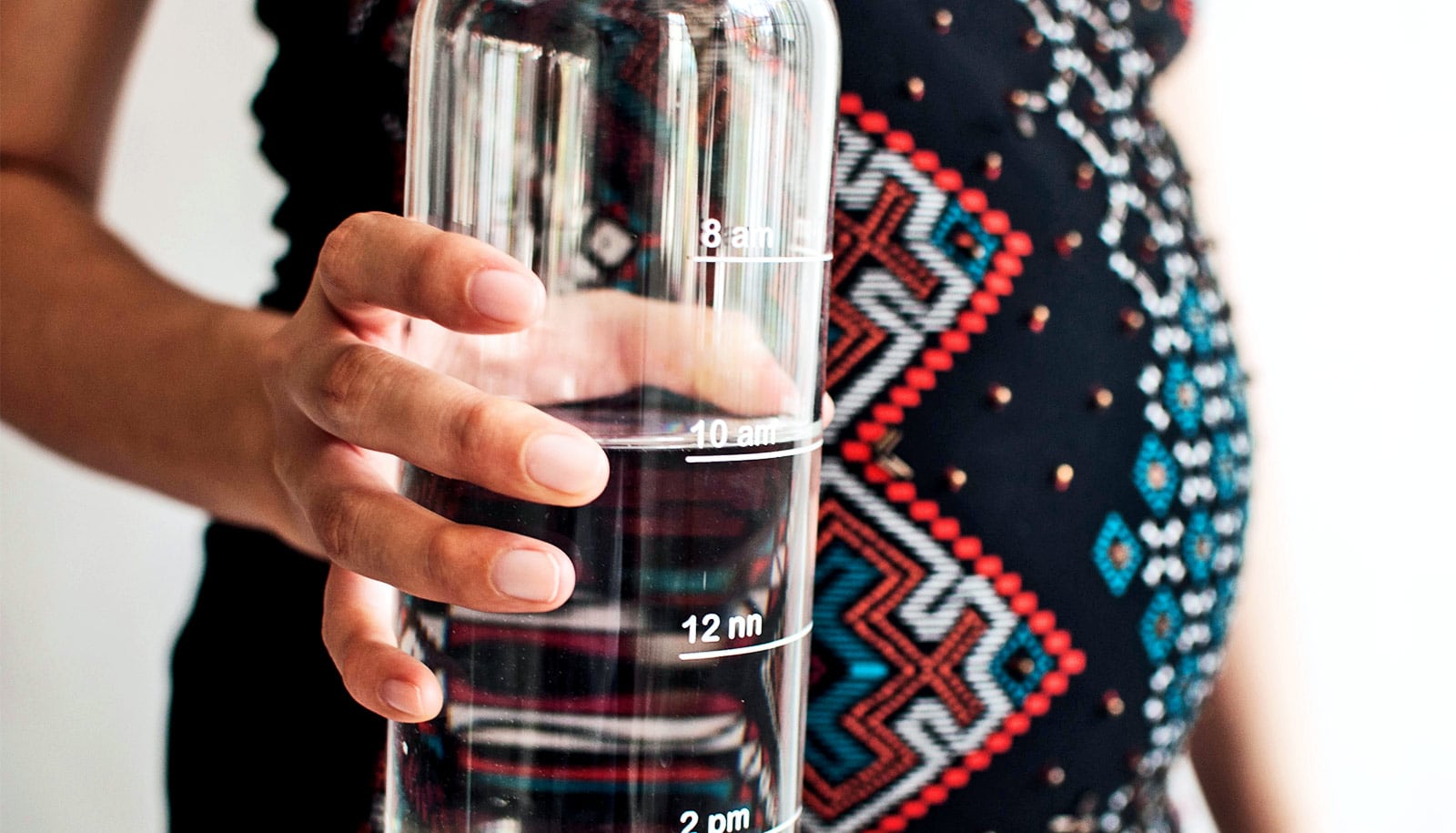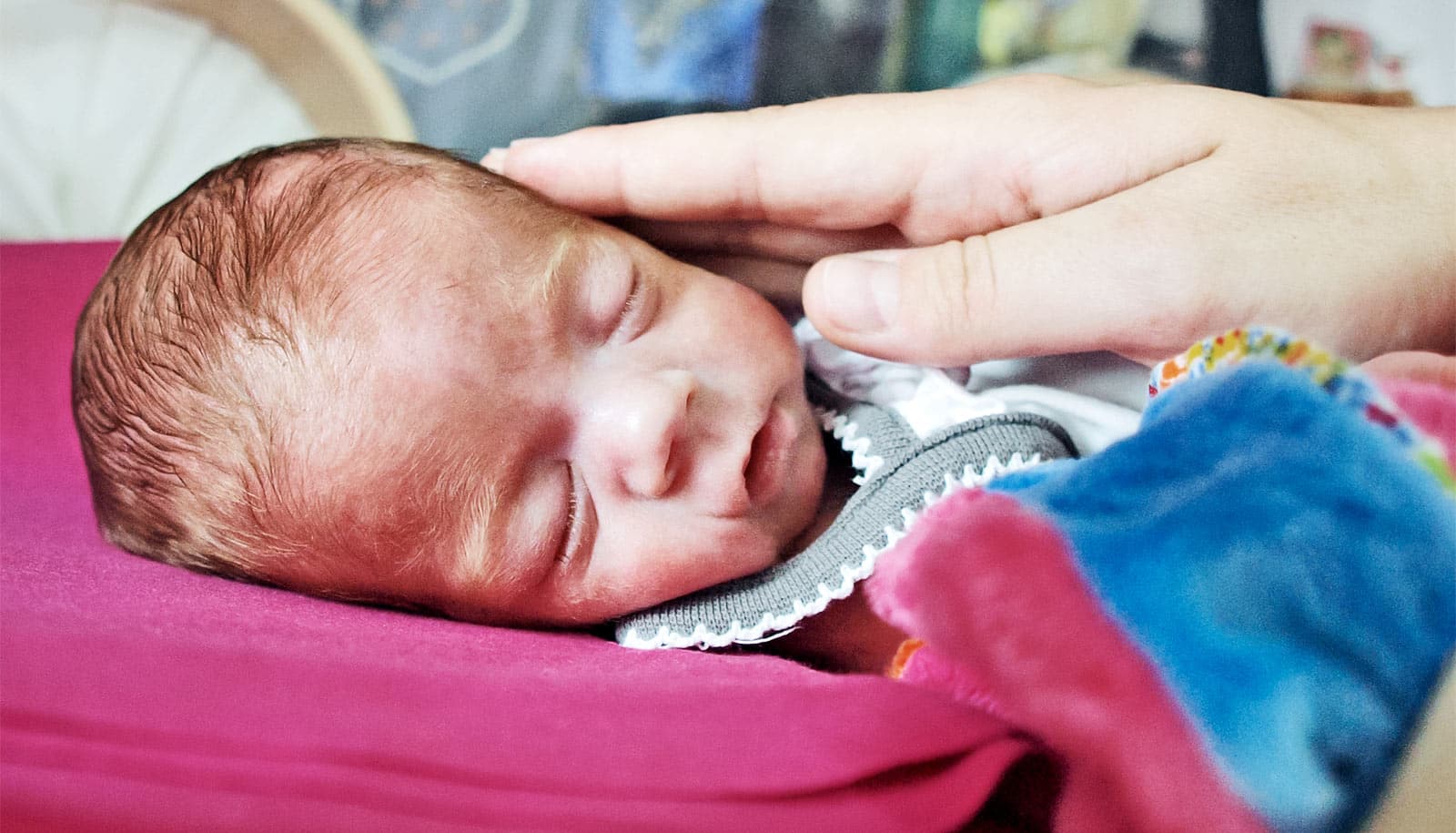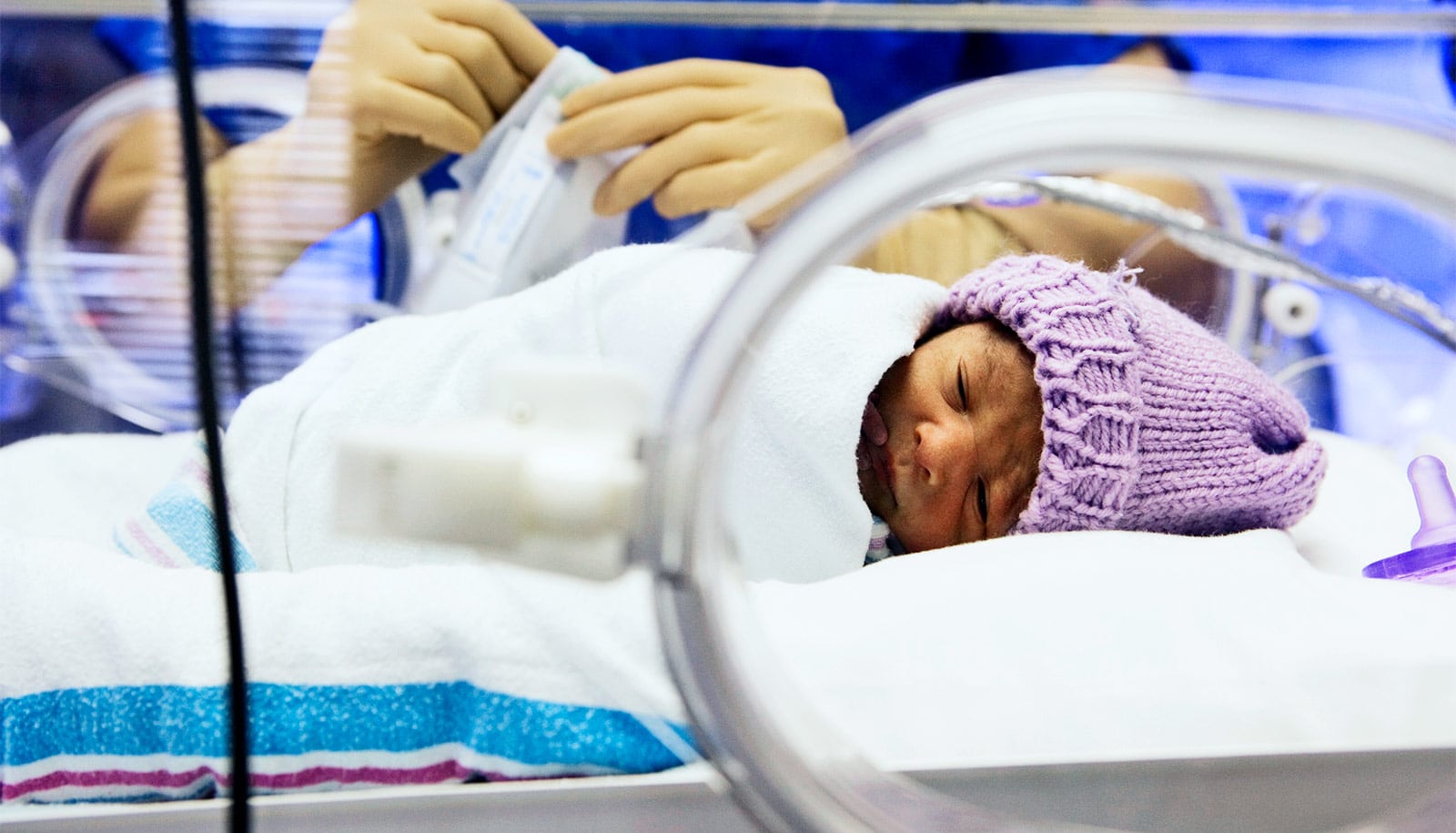Pregnant women exposed to too much nitrate in their drinking water are at greater risk of giving birth prematurely, according to a new study of more than 1.4 million California births.
Agricultural runoff containing fertilizer and animal waste can greatly increase the nitrate level in groundwater, which naturally contains a low level of the chemical.
“We found that higher concentrations of nitrate in drinking water during pregnancy were associated with an increased risk of spontaneous preterm birth, even at nitrate concentrations below the federal regulatory limit,” says Allison Sherris, a graduate student in the Emmett Interdisciplinary Program in Environment and Resources at Stanford University. “That was surprising.”
“If we can prevent even a fraction of these births, that would be enormously beneficial.”
The study, which appears in Environmental Health Perspectives, is the largest ever to connect nitrate exposure and premature birth. Sherris is the lead author. The senior author is Gary Shaw, professor of pediatrics.
The research found that the risk of early preterm birth, in which an infant is born at least nine weeks early, more than doubled among women whose tap water had nitrate levels that exceeded the federal limit of 10 milligrams per liter compared with those whose tap water nitrate levels were less than 5 milligrams per liter. The risk was elevated by about half among women exposed to a moderate level of 5-10 milligrams per liter of nitrate in their water. Later preterm births, in which an infant arrives three to eight weeks early, were also associated with elevated nitrate, but the connection was less pronounced.
Early preterm births are fairly rare, composing less than 1% of all births, but are medically severe for affected infants. These preemies typically require long hospitalizations and can experience short- and long-term complications with vision, hearing, digestive function, and neurological development.
“If we can prevent even a fraction of these births, that would be enormously beneficial,” Sherris says.
The federal safety limit of nitrate in drinking water was set after it was discovered that newborns drinking formula mixed with high-nitrate water can develop “blue baby” syndrome, in which infants’ blood carries too little oxygen. Both fetuses and young infants have a special oxygen-carrying protein in their blood called fetal hemoglobin, which is especially susceptible to damage by nitrate.
“Our drinking water matters,” Shaw says. “Water is a very complicated thing to study, but it’s important to know if there are risks associated with what’s in our water.”
The study drew on records of more than 1.4 million births of sibling pairs who were born to about 650,000 women in California between 2000 and 2011. The siblings in the study were not twins or other multiples but had the same mother. Comparing siblings helped the researchers control for factors that might influence preterm birth independently of nitrate exposure, such as the mothers’ genetics, socioeconomic status, and dietary habits.
“The within-mother approach gives us confidence in our findings,” Sherris says.
The researchers used public data on nitrate levels in local drinking water systems at the mothers’ homes to estimate their nitrate exposures during each pregnancy. Some women in the study had the same exposures for multiple pregnancies, whereas other women were exposed to different nitrate levels, either because the amount in their local drinking water changed, or because they moved between pregnancies.
Compared with women exposed to the lowest nitrate level of less than 5 milligrams per liter, the odds of spontaneous preterm birth occurring nine or more weeks early was 47% higher in women exposed to 5-10 milligrams per liter, and 252% higher in women exposed to more than 10 milligrams per liter in drinking water.
The link between preterm births that happen four to eight weeks early and nitrate exposure was not as strong. This was not surprising, as other research has suggested that early and later preterm births may be biologically distinct phenomena with different causes.
The strongest effects of nitrate on prematurity risk were seen in California’s agricultural regions, including the San Joaquin Valley and the Inland Empire, the study notes.
A higher proportion of births in these areas are to Hispanic women than in other regions of the state, says Sherris, adding, “This is one of many environmental justice issues facing women in rural California.”
Further research may help inform whether stricter regulations are needed for nitrate levels in drinking water, the researchers concluded.
Funding for the research came from the National Institutes of Health and the March of Dimes Prematurity Research Center at Stanford University.
Source: Stanford University



